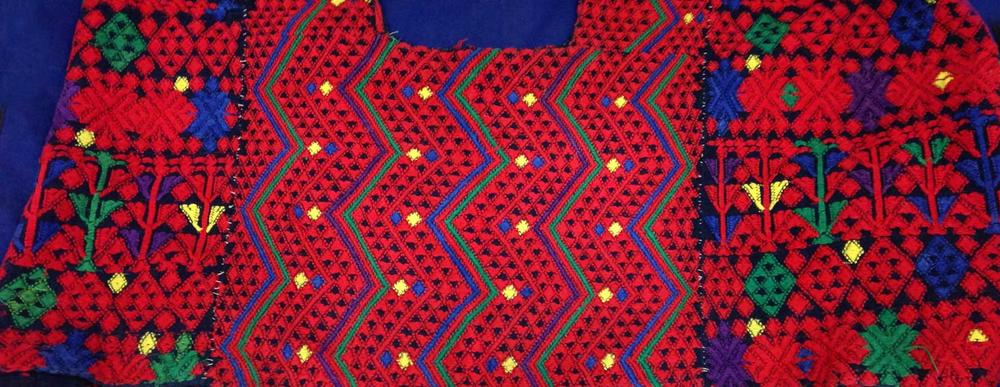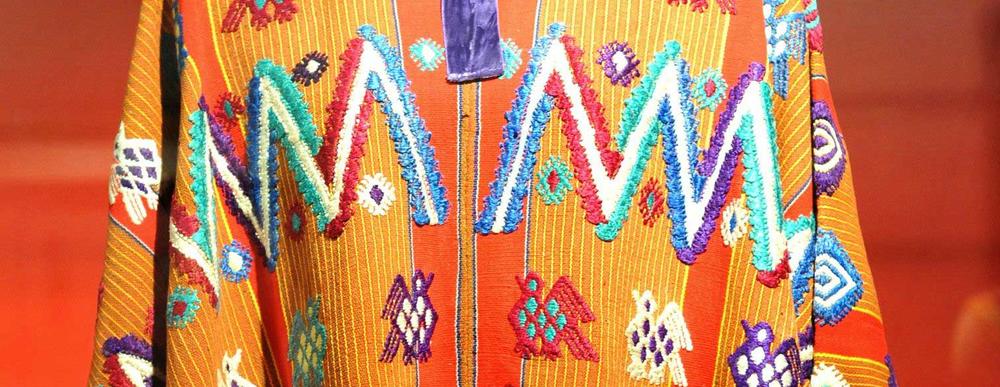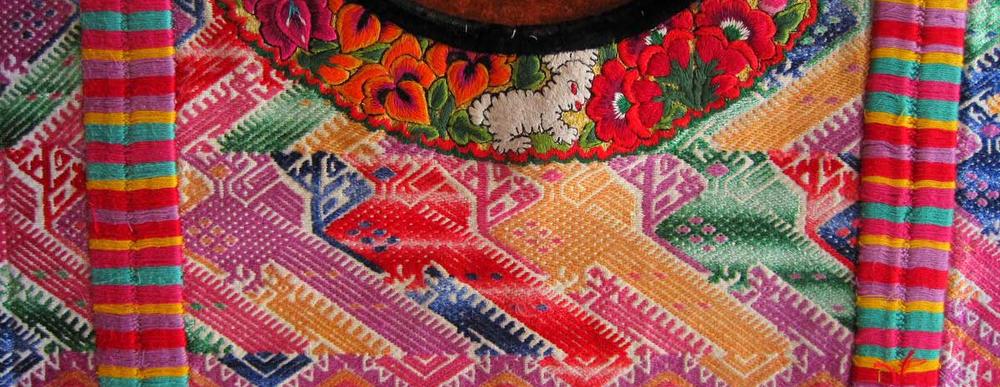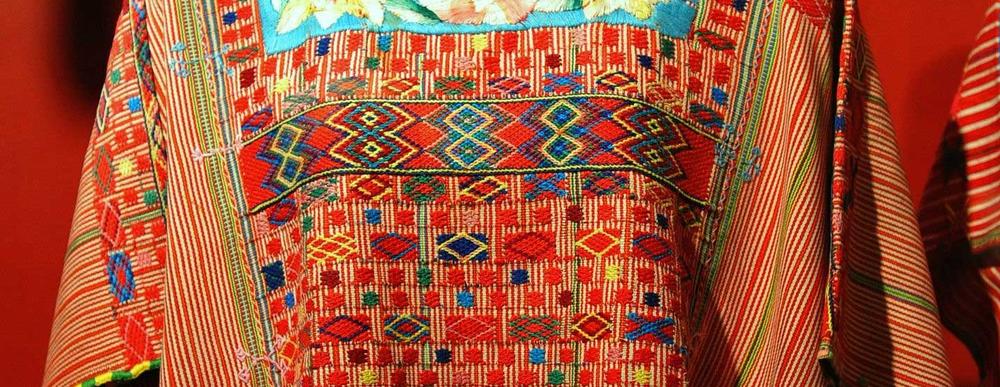Posted on Sep 24, 2018 |
The traditional Guatemalan clothing is well known to be perhaps the most colorful of all the typical costumes in Latin America, in particular, the Highlands of Guatemala are the most popular ones. These costumes vary a lot and it depends on the region, each design has been influenced by history.
While some traditional clothings have disappeared in different areas of the world, Guatemalan Indigenous people are still proudly holding strong to their tradition for making and wearing these beautiful costume designs. There so many designs and trends for Guatemalan traditional costumes, even small villages have their clothing or ‘traje’ (as it is called in Guatemala). The tradition behind the making and wearing the Typical Guatemala Costume shows the “cultural richness” of this country. History, religion and the Mayan sacred calendar has inspired such variety of designs and colors. The colors that stand the most are ‘reds, blues and yellows’.
Most Mayan women will wear their ‘traje’ in Guatemala, as they have taken the responsibility to keep this wonderful tradition alive today, for it is a women’s art for the most part; while men are adapting to more standard non-traditional clothings, especially in areas closer to Guatemala City. There are some clear exceptions of course, in more rural areas of the country where you can still find men and women wearing their ‘traje’ as normal.
All of this fabrics and textiles are skilled handcrafted by weavers, using both traditional wooden pedal telars and backstrap ones. Highly detailed patterns define not just each region, but also the social status.
1- Las Verapaces area (as known in Guatemala)

Alta and Baja Verapaz are known as Las Verapaces. The Huipil for this area (particularly seen better in Cobán) features the ‘tobacco’ plant designs on it, this is to show purity, beauty and the modesty of women in this area of the country by using designs that represent nature.
Huipiles in this area are made with made from a more delicate fabrics and are shorter in comparison other ones, ‘el corte’ (skirt) is long and mostly made in dark blue color, which creates an interesting contrast in colors.
2 - Chimaltenango area

One of the main features of this suit are the wide red stripes around the shoulders for the huipil design, it includes detailed geometric animals designs in it. The huipil for Chimaltenango women also stands out for its V-neck shape (sometimes squarish) made with black velvet on the edges. The skirt is traditionally very long and colorful, this skirt is wrapped around the waist and held by a red colored sash. Unfortunately, women using the traditional suit for this area is declining, for new generations are changing designs to wear colored blouses with multiple lace and skirts at the knees.
3 - Huehuetenango Dept

The huipil is characterized by being made with silk embroidery and a square neck. This suit is well known for its geometric designs and multiple colored stripes. Due to the high detail in the designs of the costumes in this area of Guatemala, the elaboration of the huipiles and skirts usually takes a lot of time and dedication. The back-strap loom is used to create this beautiful costume.
4 - Xela (Quetzaltenango) Dept

This is the second most important city of Guatemala. The huipiles of this department have in their designs many birds, flowers and stars. The colors of these suits tend to be warm colors such as red, yellow and violet. These suits are made on foot or pedal looms.
The skirts are made of natural wool, in black and white colors.
5 - Sacatepequez Department Area

The municipality of San Antonio Aguas Calientes, located in Sacatepequez, is famous for the quality of its threads and fabrics. The design of the huipiles of this area has changed with the passage of time, originally had geometric shapes and multiple lines of colors, but in recent times, have combined flowers and birds with geometric patterns in their designs. Just like in many other areas of the country, the skirt is wrapped around the waist and held by a red colored sash.
6 - Sololá Dept

This department is famous for Lake Atitlan, it is one of the most visited lakes in Central America.
The women use a tzute on the head (also called ixcaco), this is a piece of cloth cooked by hand by themselves, this is a very old custom and is part of the traditional costume of this area. The Huipil includes many creative designs, all handwoven using the traditional back-strap loom.
7 - Totonicapan
This department is one of the largest cloth producers in the country. Most of its population is dedicated to it using pedal looms built by themselves. The huipil is characterized by a certain Spanish influence in their designs, using designs with silk flowers and high-gloss yarns.
Continue Reading
Visit our second post on GUATEMALAN TRADITIONAL TEXTILES AND COSTUMES HERE.
Latest Posts
-
Ten Beautiful Words in the Spanish Language
- Jul 13, 2024 -
Easter Week 2024 in Antigua Guatemala
- Feb 04, 2024 -
Demystifying the Use of CION, SION, and XION Suffixes in Spanish
- Oct 22, 2023



